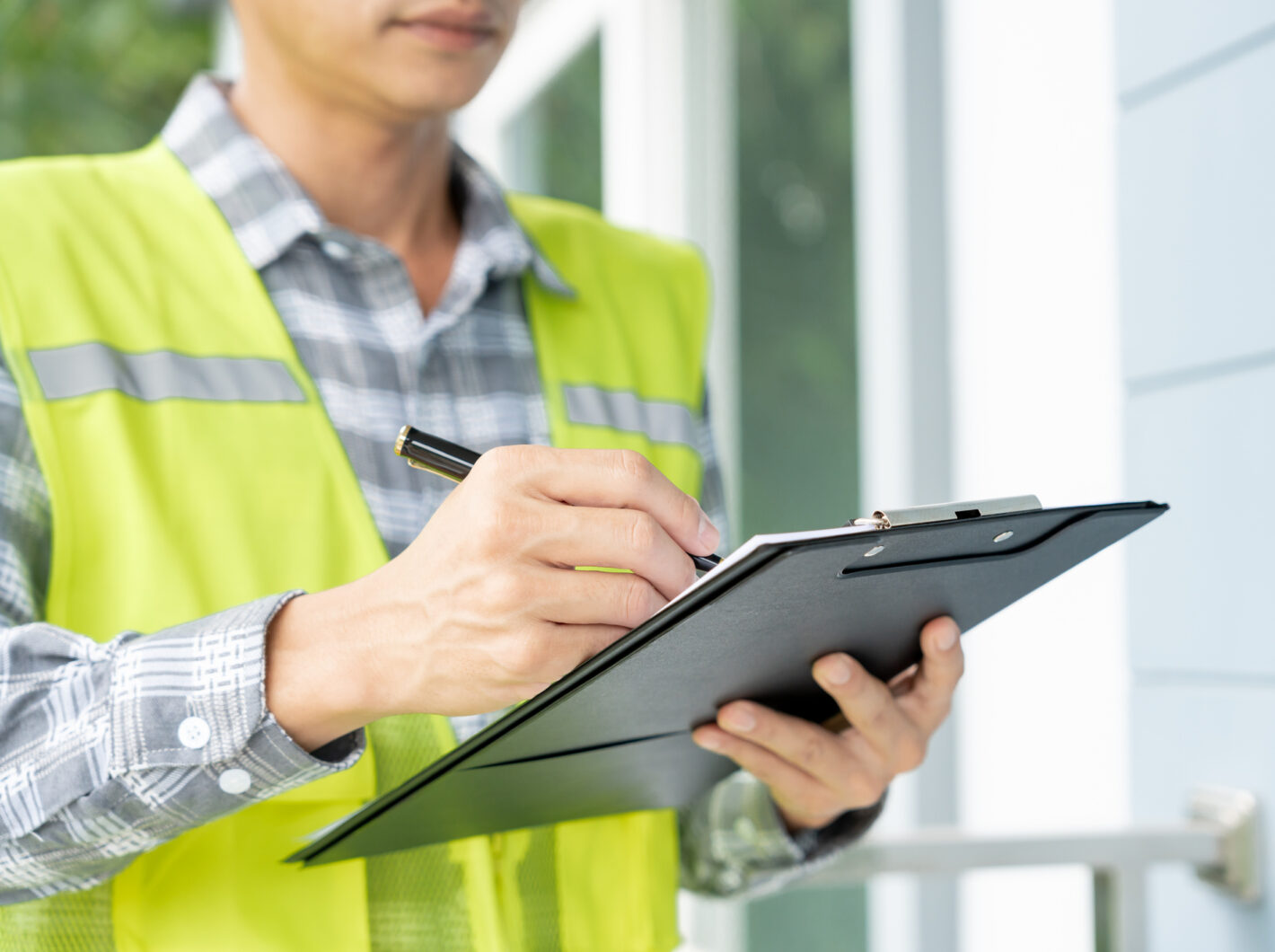Licensing & Inspections
We ensure retail food, secure transport, body art facilities, child care centers, schools, recreational water, and septic systems comply with state regulations.



Supporting the Community, Creating Healthy Spaces
The Environmental Health Division protects and improves public health by addressing factors that can impact community well-being. This includes inspecting and licensing regulated businesses and establishments to ensure safety and sanitation standards. Explore the areas we oversee and how we can support you below.
Licensing and Inspection Services
Retail Food
School Health Inspections
Child Care Centers
Septic Systems
Recreational Pools and Spas
Body Art Facilities
Secure Transport
Have a Complaint or Concern?
To report an issue with a business or facility in your community, you can fill out our online complaint form or email EnvironmentalHealthComplaints@adamscountyco.gov.
